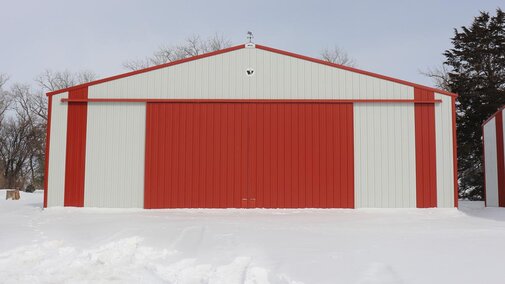Establishing a fair rent for farm buildings and storage facilities involves multiple factors. There isn’t a universal formula, as conditions vary depending on building type, usage, and local market conditions. However, a comprehensive evaluation of both fixed and variable costs, as well as cash and non-cash expenses, is essential.
Fixed Costs
Fixed costs persist whether the facility is in use or not and include:
- Depreciation: Buildings lose value over time, a non-cash cost factored into rent. Depreciation can be calculated by subtracting the building's salvage value from its initial value (excluding land) and dividing it by its estimated useful life.
- Property Taxes: Taxes must be paid regardless of whether the building is in use (cash expense).
- Insurance: Buildings should be insured for liability and physical damages. Insurance is a cash-fixed cost but may vary based on the condition and usage of the building.
- Repairs: While repair costs can vary depending on usage, they are generally considered a cash-fixed cost.
- Interest Costs: Loan interest is a cash-fixed cost if the building is financed. There is also the opportunity cost of ownership (a non-cash cost), which reflects what could be earned if the building were sold and the funds invested elsewhere.
Variable Costs
Variable costs fluctuate based on the building's usage. These are typically cash costs and include: (continue reading)

